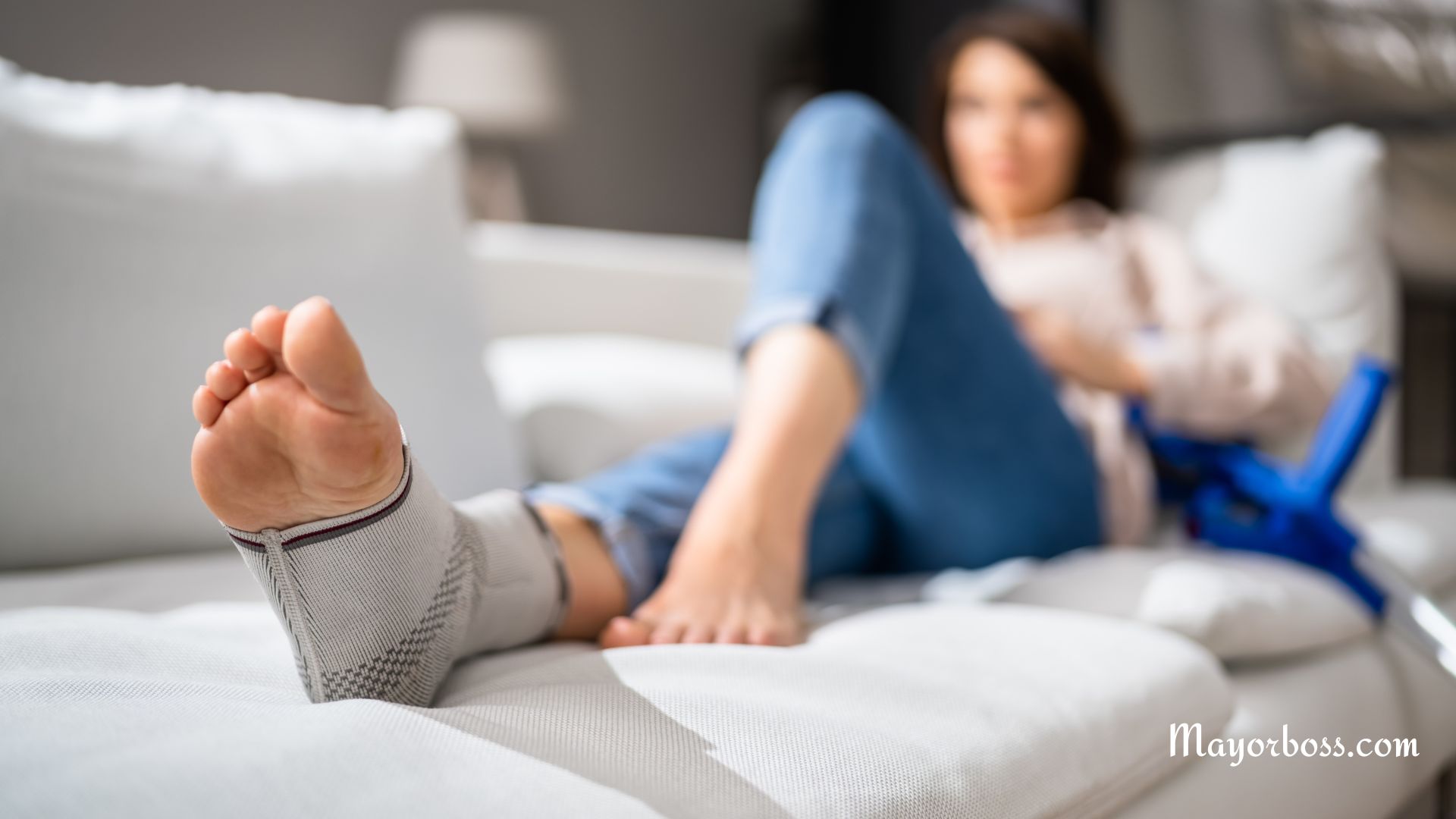10 Ways To Stop Restless Leg Syndrome From Ruining Your Sleep Every Night
Restless Leg Syndrome (RLS) can be a real pain, especially when it actually comes to getting a good night’s sleep. It’s like your legs have a mind of their own, isn’t it? You just want to rest, but they’re all jittery and uncomfortable. But don’t worry, I’ve got some tips that can help you get a better night’s sleep, even with RLS.

1. Establish a Relaxing Bedtime Routine
You know how important it is to wind down before bed. So, try creating a bedtime ritual that calms your body and mind. This could include reading a book, listening to soothing music, or taking a warm bath. When you relax your mind, your body, including those restless legs, follows suit.
2. Try Gentle Stretching or Yoga
Gentle stretching or yoga before bed can help alleviate the symptoms of RLS. Stretching the legs lightly can reduce discomfort and may prevent symptoms from flaring up during the night. Yoga, in particular, can be very effective as it combines stretching with relaxation techniques.
3. Exercise Regularly, But Not Too Close to Bedtime
Regular exercise can work wonders for RLS. But here’s the catch: avoid exercising too close to bedtime. Exercising earlier in the day can help tire out your legs and reduce restlessness at night.
4. Cut Back on Caffeine and Alcohol
I know, I know, coffee and a glass of wine can be hard to resist. However, caffeine and alcohol can worsen RLS symptoms. Try cutting back, especially in the hours leading up to bedtime.
5. Check Your Iron Levels
Did you know that low iron levels are linked to RLS? It’s a good idea to get your iron levels checked. If they’re low, you might need to take iron supplements or eat more iron-rich foods.
6. Practice Good Sleep Hygiene
Good sleep hygiene means keeping a regular sleep schedule, ensuring your bedroom is a comfortable environment for sleeping, and avoiding stimulating activities before bed, like using your phone or watching TV. Consistency is needed here, as your body loves routine.
7. Massage Your Legs
Before bed, massage your legs to help relax your muscles and reduce the sensations associated with RLS. You can do this yourself or seek help from a professional masseuse who has experience with RLS.
8. Consider Magnesium or Vitamin B Supplements
Magnesium and Vitamin B are known to help with muscle relaxation and nerve function. But before you start any supplement, it’s always wise to talk with your doctor.
9. Apply Warm or Cold Compresses
Using warm or cold compresses on your legs can provide temporary relief from RLS discomfort. Experiment with both to see which works best for you. This simple method can be surprisingly effective in calming restless legs.
10. Review Your Medications
Some medications can trigger or worsen RLS. If you suspect your medication might be affecting your RLS, discuss this with your doctor. Never change your medication regimen without consulting a healthcare professional first.
So, there you go! These tips should help you tackle RLS and improve your sleep quality. Try them out and see which ones work best for you. However, if your RLS is persistent, it’s a smart move to talk to a healthcare professional.
